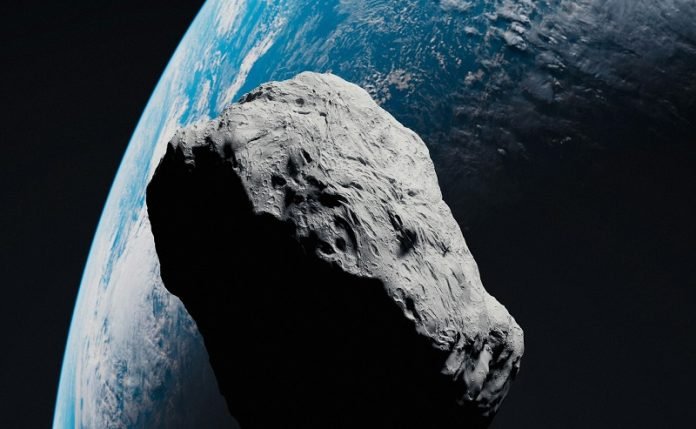
Once upon a time, about 4.56 billion years ago, our solar system was just a baby. Imagine a vast, swirling disk of dust and gas spinning around our young Sun.
This was a time of beginnings, where the seeds of planets were just starting to sprout.
These seeds, or “planetesimals,” were like tiny pebbles in space, gradually sticking together to form the planets we know today, including our own Earth.
Scientists have always been curious about these early days of our solar system. One big question they’ve had is about water on Earth.
We know our planet has lots of water now, but was it always like this? Did these tiny space pebbles, which eventually formed Earth, have water in them?
A new study has shed light on this mystery, and it’s quite a game-changer. Researchers have been studying ancient space rocks, called meteorites, that landed on Earth.
These are no ordinary rocks; they’re pieces of the very early planetesimals that never became part of a planet. By examining these space visitors, scientists can learn about conditions in the early solar system.
Even though these meteorites don’t have water in them now, they tell a story of water’s past presence. Here’s how: Water is made of hydrogen and oxygen.
When water is around other elements, it can give away its oxygen in a process called oxidation.
For example, iron metal reacts with water to form iron oxide, which is basically rust. Think of Mars and its red, rusty surface—that’s iron oxide, and it’s a clue that Mars once had water.
The team, led by Damanveer Grewal, a former Caltech postdoctoral scholar, used these ideas to study the iron meteorites.
They looked at how much iron was turned into oxide. If iron was missing, it likely meant it had been turned into oxide by water. What they found was fascinating: the amount of missing iron in meteorites from the inner solar system (where Earth is) was similar to that in meteorites from the outer solar system. This means that planetesimals from both areas must have formed where there was water.
This discovery challenges a lot of what we thought we knew about the early solar system. If these planetesimals formed where Earth is now, it means the inner solar system was cooler than we thought, allowing water to exist. Or, these planetesimals might have formed further out in a cooler area and then moved closer to the Sun.
Grewal points out that if water was in these early building blocks, other life-essential elements like carbon and nitrogen were probably there too. This suggests that the ingredients for life might have been part of the rocky planets from the very start.
However, Paul Asimow, the leader of the research lab, notes that their method only detects water that reacted with iron. It doesn’t tell us about any extra water that might have formed oceans. So, it’s still possible that Earth got even more water-rich material later on.
The study, named “Accretion of the earliest inner solar system planetesimals beyond the water-snowline,” opens up new ways of thinking about how our planet, and maybe others, got their start.
It’s a glimpse into the watery beginnings of Earth, hidden in tiny space rocks from billions of years ago.



